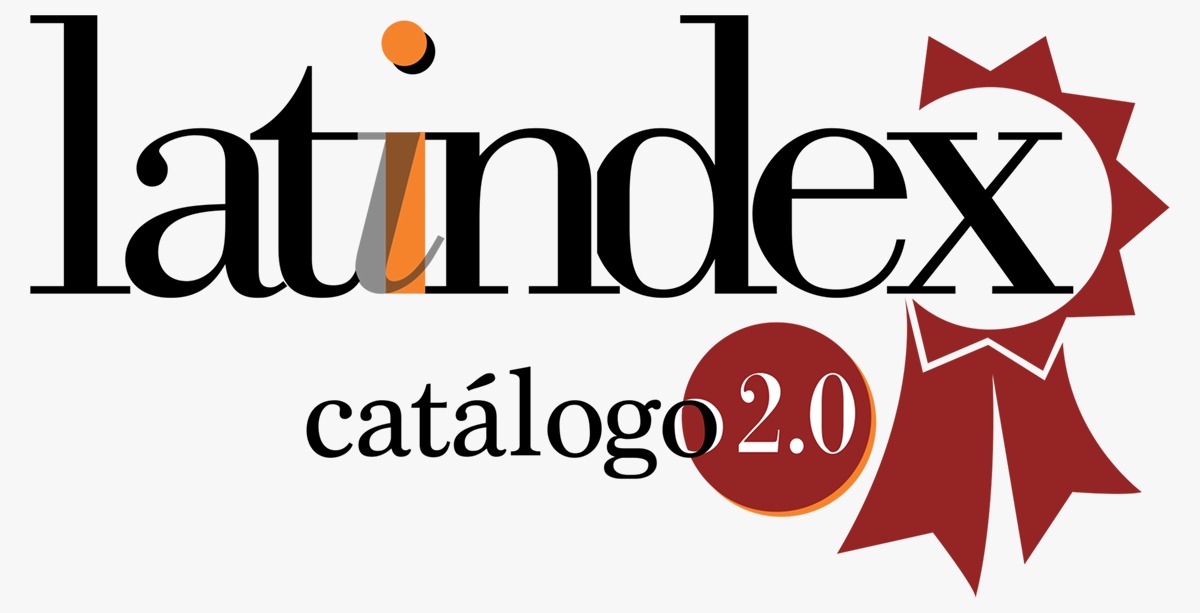Causal relationships between aspects of virtual education and perception of learning ac-quired in the context of a pandemics
DOI:
https://doi.org/10.29197/cpu.v20i39.486Keywords:
statistical modeling, virtual education, health emergency, engineering studentsAbstract
In most western societies, the educational system has been affected, although with different nuances, due to the health contingency caused by the coronavirus pandemic. Within this framework, the general objective of the present work is to develop a statistical model to express the causal relationships that were observed between different aspects related to virtual education and the students’ perception of the level of learning acquired. As a specific objective, this study aims to contrast the content validity of the Questionnaire on Virtual Education (QVE) through the concordance between experts whose numerical strength was assessed by means of Fleiss’ kappa statistic.The participants in this study were 207 students of both sexes, with a mean age of 19.68 years and a standard deviation of 1.58, who in the 2021 academic year were enrolled in subjects of the basic cycle of careers taught at the Universidad Tecnológica Nacional, Argentina. The research responds to an observational, correlational and explanatory design by means of a fieldwork survey; it is also a quantitative, cross-sectional and prospective study. In order to collect empirical evidence, the QVE was used, which is made up of sixteen items grouped into three dimensions (learning, teaching and context). The internal consistency of the questionnaire, estimated by means of Cronbach’s alpha and McDonald’s omega coefficients, resulted in a range of values that is considered acceptable. The inferential analyses implemented made it possible to determine the regression equation that best fits the reality of interest, and which would be useful to explain the data and/or predict future observations. The empirically contrasted multiple dependency relationship was used as input to formulate educational intervention actions to enable psycho-pedagogical improvements linked to the eLearning process, in the academic and institutional environment of the sample selection.
Metrics
References
Benjamin, D. J., Berger, J. O., Johannesson, M., Nosek, B. A., Wagenmakers, E. J., Berk, R., Bollen, K. A., Brembs, B., Brown, L., Camerer, C., Cesarini, D., Chambers, C. D., Clyde, M., Cook, T. D., De Boeck, P., Dienes, Z., Dreber, A., Easwaran, K., Efferson, C., ... Johnson, V. E. (2018). Redefine statistical significance. Nature Human Behaviour, 2(1), 6-10. https:// doi.org/10.1038/s41562-017-0189-z
Cronbach, L. J. (1951). Coefficient alpha and the internal structure of tests. Psychometrika, 16, 297-334.
Escobar-Pérez, J. y Cuervo-Martínez, A. (2008). Validez de contenido y juicio de expertos: Una aproximación a su utilización. Avances en Medición, 6, 27–36.
Fleiss, J. L., Levin, B. y Paik, M. C. (2003). Statistical methods for rates and proportions (3rd ed). Wiley.
Fox, D. (1981). El proceso de investigación en educación. EUNSA.
García Aretio, L. (2020). Bosque semántico: ¿educación/enseñanza/aprendizaje a distancia, virtual, en línea, digital, eLearning…? Revista Iberoamericana de Educación a Distancia, 23(1), 9-28.
George, D. y Mallery, P. (2020). IBM SPSS Statistics 26 Step by Step (16th ed). Routledge
Harris, R. J. (1985). A Primer of Multivariate Statistics (2nd ed). Academic Press
Hodges, C., Moore, S., Lockee, B., Trust, T. y Bond, A. (2020). The difference between emergency remote teaching and online learning. Educause Review, 1-22. https://er.educause.edu/articles/2020/3/the-difference-between-emergency-remote-teaching-and-online-learning
JASP Team (2022). JASP (Version 0.16.4) [Computer software]. https://jasp-stats.org/
Kooij, A. J. van der (2007). Prediction accuracy and stability of regression with optimal scal-ing transformations. Leiden University. https://scholarlypublications.universiteitleiden.nl/handle/1887/12096
Landis, J. R. y Koch, G. G. (1977). The measurement of observer agreement for categorical data. Biometrics, 33, 159-174.
Lara, L. y Martínez-Molina, A. (2016). Validación de la Escala de Identidad Étnica Multigru-po-Revisada en adolescentes inmigrantes y autóctonos residentes en España. Revista Lati-noamericana de Ciencias Sociales, Niñez y Juventud, 14(1), 591-601.
Lezcano, L. y Vilanova, G. (2017). Instrumentos de evaluación de aprendizaje en entornos virtuales. Perspectiva de estudiantes y aportes de docentes. Informe Científico Técnico UNPA, 9(1), 1-36.
McDonald, R. P. (1970). Theoretical foundations of principal factor analysis, canonical factor analysis, and alpha factor analysis. British Journal of Mathematical and Statistical Psychol-ogy, 23(1),1-21.
Ruiz, Y. A., García, M. y Biencinto, C. (2018). Evaluación de competencias genéricas en la universidad. Estudio comparativo en entorno b-learning y presencial. Acción Pedagógica, 27(1), 6-21.
UNESCO (2020). La educación en América Latina y el Caribe ante la Covid-19. https://es. unesco.org/fieldoffice/santiago/covid-19-education-alc
Zinbarg, R., Revelle, W., Yovel, I. y Li. W. (2005). Cronbach’s alpha, Revelle’s beta, and McDonald’s omega hierarchical: Their relations with each other and two alternative con-ceptualizations of reliability. Psychometrika, 70,123-33.
Published
How to Cite
Issue
Section
License
Unless otherwise indicated, all articles in this journal are published under a
Licencia Internacional Creative Commons 4.0 Atribución-NoComercial-CompartirIgual .
The authors retain the copyright and assign the right to the first publication to the magazine.









